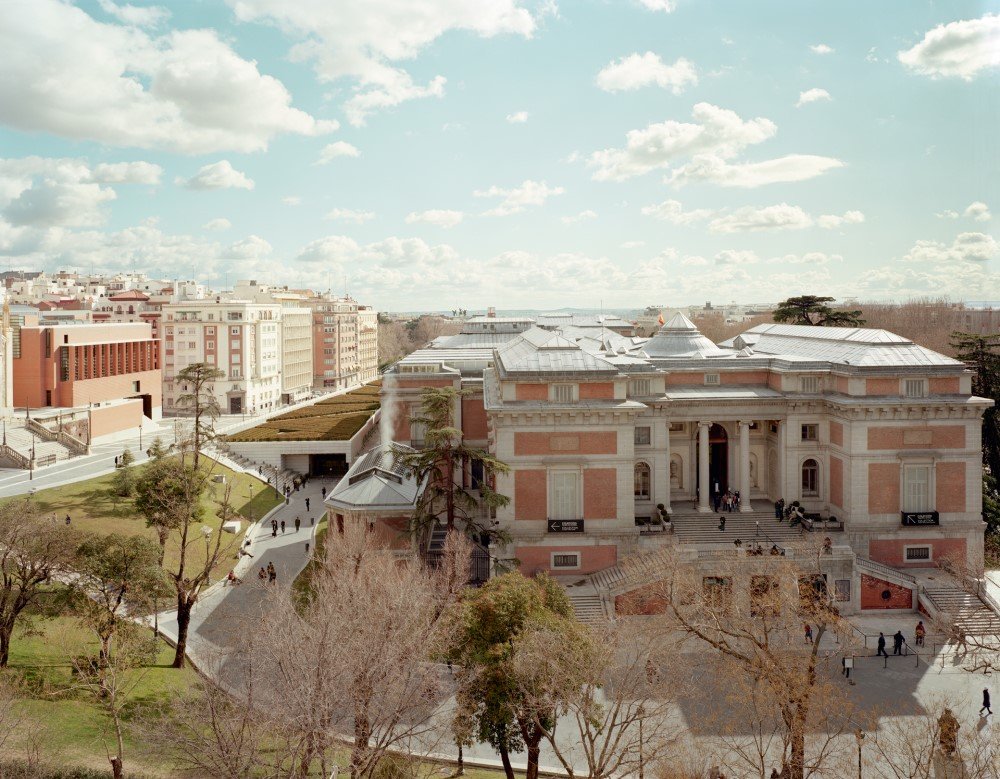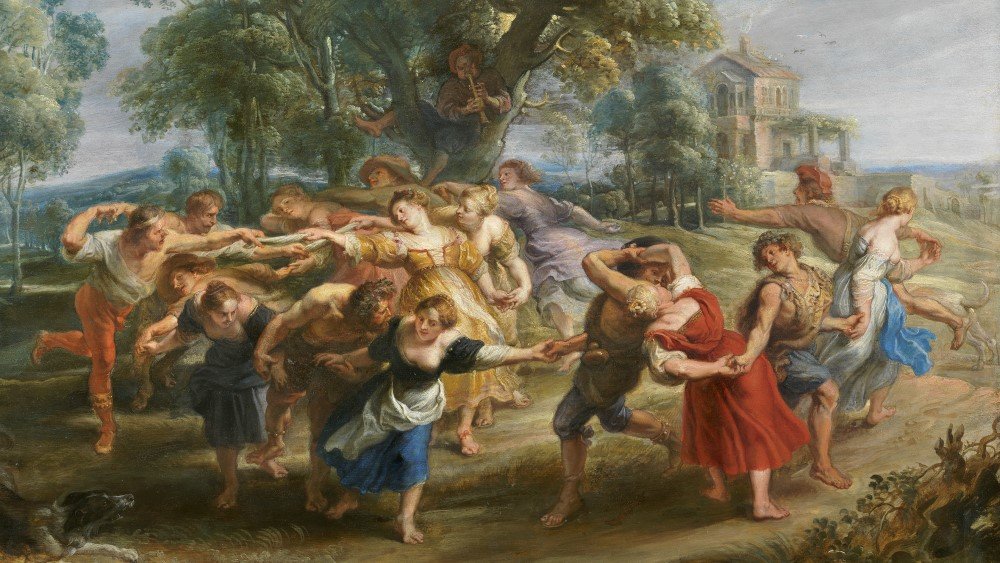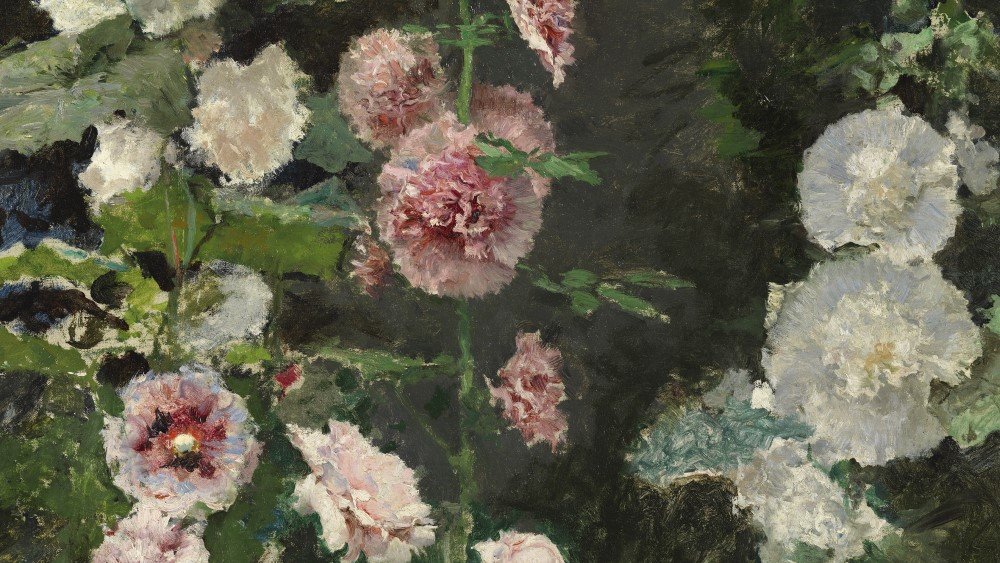Art enthusiasts and everyday consumers alike are constantly searching for new ways to connect with their favorite artist and art collections. The reverse is also true, with art institutions and museums around the world looking for new avenues to engage with art afficionados around the world.
With the rise of digital platforms, the art world has become more accessible than ever before. Samsung Art Store is at the forefront of this revolution, providing a platform for art lovers to enjoy an extensive library of stunning artwork in the comfort of their own homes.
Samsung Newsroom sat down with Cristina Alovisetti, General Manager of Museo Nacional Del Prado Difusion (Museo del Prado’s commercial company), to explore the relationship between in-person art experiences and digital displays. The Prado Museum is one of the most renowned art galleries and the longest standing partners of the Art Store.
In this Q&A, we will dive into how art enthusiasts and institutions can benefit from digital art platforms and ultimately, how a combination of in-person art experiences and new technologies can inspire and offer new avenues of approach for artist and creatives.

▲ Museo Nacional Del Prado
Samsung Art Store X Prado Museum: An Enduring Partnership
Q: For those who are not familiar with the partnership, can you tell us a bit about Museo Nacional Del Prado and your role at the museum?
The Prado Museum is one of the most prestigious art galleries in the world. Its permanent collection is essential in comprehending the evolution of European art and its most notable artists such as Velázquez, Bosch, Rubens and Titian. The museum’s international presence is also evident via its collaborations with other international institutions as well as its global digital footprint — including its website, social media channels and apps.
As the general manager of the museum’s commercial company, I am proud to be a part of this institution since its creation in 2006. Our company’s primary goal is to promote the Museo del Prado brand, its collection and intellectual property rights while also contributing to the museum’s funding. We strive to establish a consistent and robust identity while creating partnerships that help us reach broader audiences.
Q: Can you tell us more about how the partnership with Samsung Art Store came about and what benefits you see in the collaboration?
We began collaborating with Samsung Art Store at the start of our gallery project upon the invitation from the Samsung Electronics Spain team. We were lucky enough to have participated in the 2017 inaugural presentation of the Frame’s partnerships in Berlin. Since then, we have continued to work together, updating and enriching our partnership.
I believe the Art Store is an intelligent and respectful concept that values the artwork and the institution responsible for it. It represents a digital advancement that seamlessly harmonizes with our daily lives and habits. With this platform, I can discover and appreciate art in a convenient and accessible way. I can learn about the artists and their work and share my discoveries with others, which is a great benefit to the end users.
Assessing the Current State of Digital Art Platforms
Q: Digital art platforms have been gaining popularity as they provide accessible and enjoyable ways for users to own and appreciate artwork in their own homes. What direction do you see this trend taking and how do you think it will impact the art industry?
The Samsung Art Store is an innovative platform that offers users a unique way to enjoy and access works of art from the comfort of their own homes. By providing a platform to view images of artwork, paintings, photography and more, the Art Store has made it easier for collectors to own and appreciate art.
This technology could potentially have a significant impact on the art industry by providing new avenues for individuals to access and engage with art. The Art Store has the potential to integrate with personal environments and provide new opportunities for art collectors to showcase their collections.
Overall, the increasing popularity of digital art platforms like the Samsung Art Store is likely to have a positive impact on the art industry by making art more accessible and enjoyable for a wider audience.
Q: What differences do you see between showcasing the artwork in-person vs. digitally on the Frame?
That is a great question. First, I think it’s important to note that we are talking about displaying images of artwork, not the artworks themselves. The way in which the viewer experiences the artwork will depend on whether it can evoke the same emotions as the original piece. While digital displays cannot replace the experience of seeing a Velázquez painting in person, it does offer the convenience of accessing and displaying high-quality images of these artworks in our own homes.
Furthermore, being able to integrate digital artwork into our living spaces, just as we do with furniture or decorative objects, adds a new dimension to the way we experience and appreciate art. It offers new possibilities for enjoying and sharing art in our everyday lives and this is a great thing.
Q: Have you observed any noteworthy trends or patterns in the way people engage with the museum’s online collections?
It is fascinating to see how the public responds to the images displayed in the Art Store. The audience seems to be drawn towards decorative aesthetic and current trends influenced by other media, mirroring the purchasing patterns observed in our museum shops.
Q: Can you share with us some of the most memorable pieces from your collection that are currently featured in the Art Store?
Here are some carefully selected works from a diverse range of works from various painters, styles and themes spanning across different decades. These pieces showcase a range of subjects, from powerful portraits and mythological dances to exquisite details of flower catalogues, offering a glimpse into the beauty and richness of art history.

▲ Las Meninas (1656) by Diego Rodríguez de Silva y Velázquez (cropped for detail)
Las Meninas is undoubtedly the best-known painting in the Museo del Prado and Velázquez’s most famous work. It is also the one which best sums up the characteristics of his art. In a large room of the Alcázar in Madrid, we see the Infanta Margarita, whose detail we can see in this image, flanked by two maids of honor or meninas.
The picture has been interpreted in several ways. The centrality of the infanta Margarita and the reflection of the king and queen in the mirror appear to point to a political and dynastic significance. The presence of Velázquez in the same environment as the king, queen and infanta, and bearing the cross of the Order of Santiago and the chamberlain’s key as attributes of his social status, presumably constitutes a validation of his nobility and that of painting itself.

▲ The Garden of Earthly Delights Triptych (1490-1500) by Hieronymus Bosch
The Central panel, with the four rivers of the world on the horizon, situates the scene on Earth. Carnal desire, represented by beautiful naked women and symbolized by an array of red fruit, becomes mankind’s driving force. The various earthly pleasures to which mankind yields instinctively and unconsciously are illustrated symbolically or specifically. The central panel depicts a Paradise that deceives the senses, a false Paradise given over to the sin of lust.

▲ Dance of Mythological Characters and Villagers (1630-1635) by Pieter Paul Rubens
A group of peasants dance in agitated frenzy, accompanied by a flutist in a tree. The scene takes place in a landscape that recalls Italy, especially the villa in the background, whose shapes resemble those of the architect, Andrea Palladio.

▲ Hollyhocks (1872-1873) by Mariano Fortuny y Marsal (cropped for detail)
Fortuny enjoyed painting flowers in bloom in his scenes. Attracted by their colors, he also made separate studies of them. His favorites were hollyhocks on account of their pleasing hues and the elegant verticality of their stalks, which is accentuated by the format used here. As the background is devoid of references, their corollas appear to float in an indeterminate space, with varying degrees of finish, and the ground layer is visible in some areas of the canvas.
Exploring the Intersection of Art and Technology
Q: What impact do you think recent technological advancements have had on artists, their creative process and the finished artwork?
From my perspective, artists have been introduced to a whole universe of new technological tools, which may influence their creative process to varying degrees, depending on their individual preferences. There are some exceptional artists who have embraced digital tools to create amazing works. In my view, these advancements offer endless opportunities for artists, whether through new artwork or collaborations or both.
Q: How can technology be used to make art more accessible and inclusive to a wider audience?
Undoubtedly, digital technology has the potential to greatly expand the reach of art beyond physical spaces, allowing it to be appreciated in different languages and contexts. For example, many people who are unable to attend exhibitions can still appreciate works of art through digital access. Further, digital art platforms such as Samsung Art Store enable individuals to build their own “collection” at home, making art more accessible and inclusive to a wider audience.
Visit the Samsung Art Store in The Frame to explore more of Prado Museum’s collection.
This article was first published at Source link . You can check them out for other stuffs
